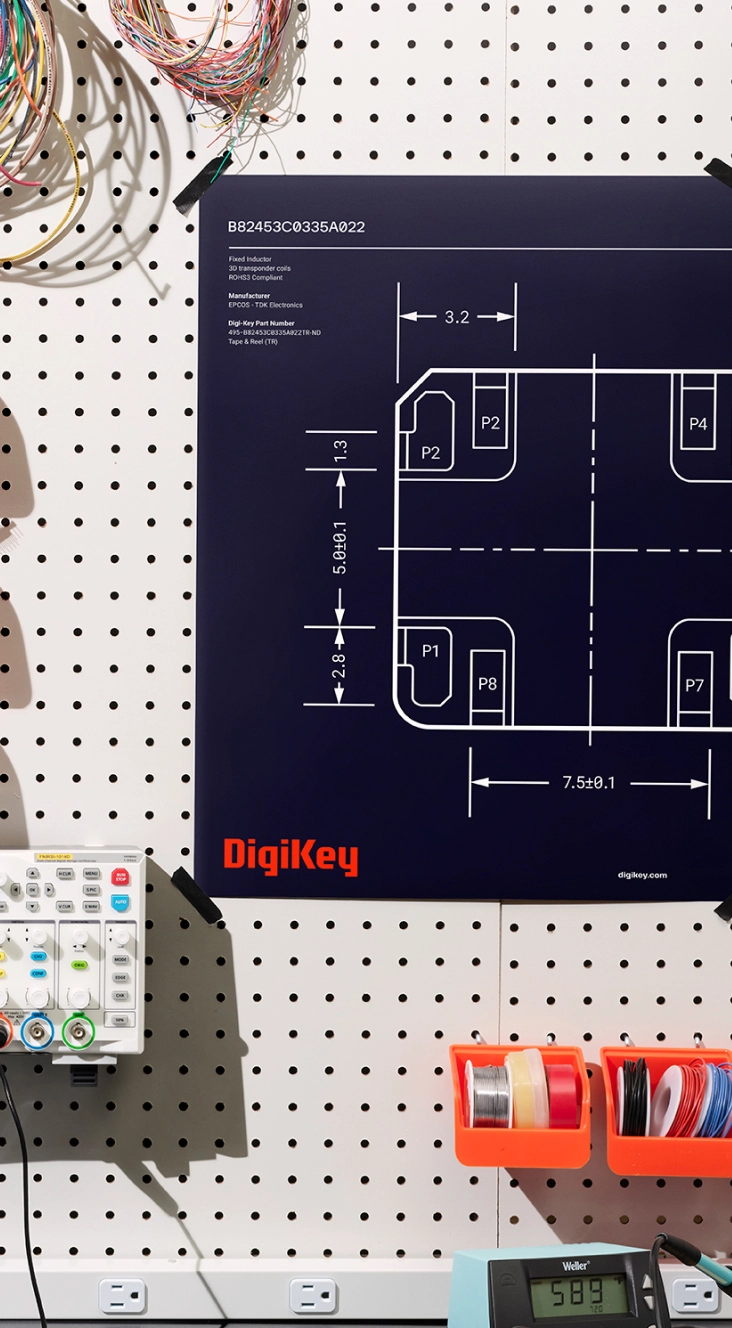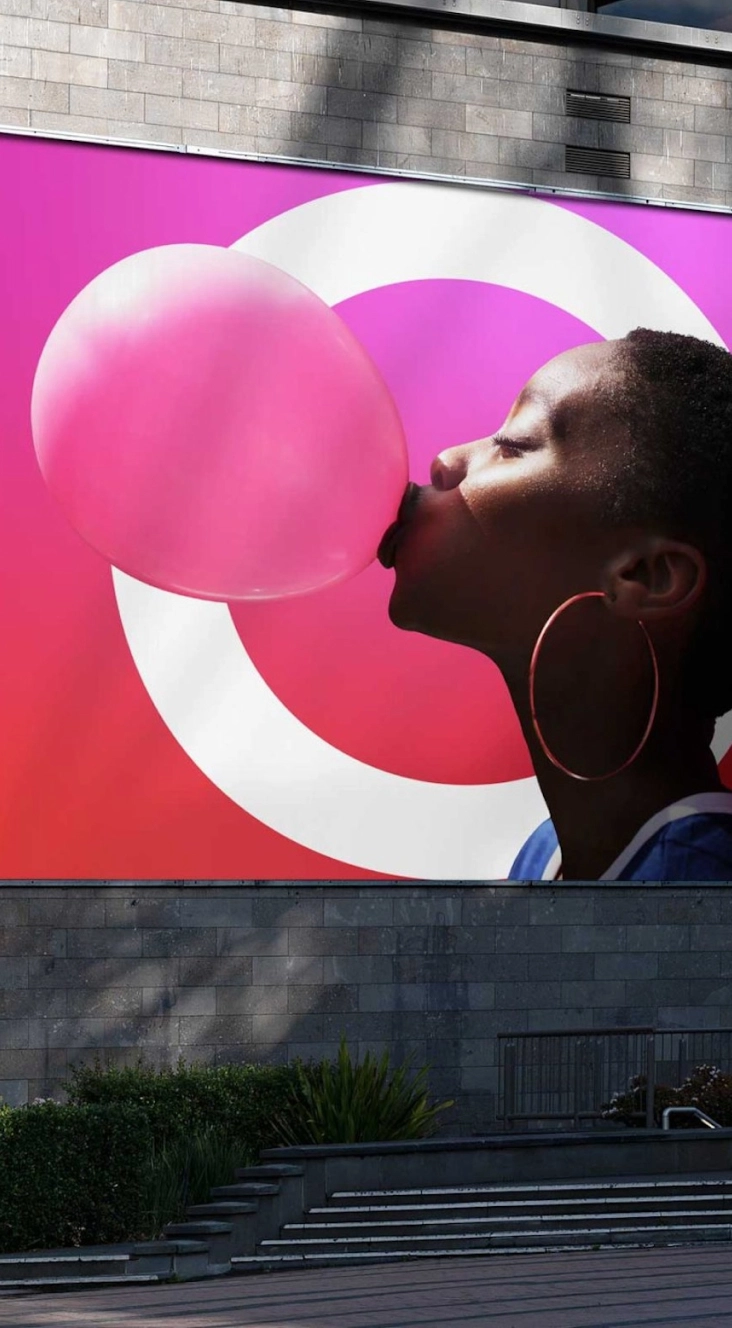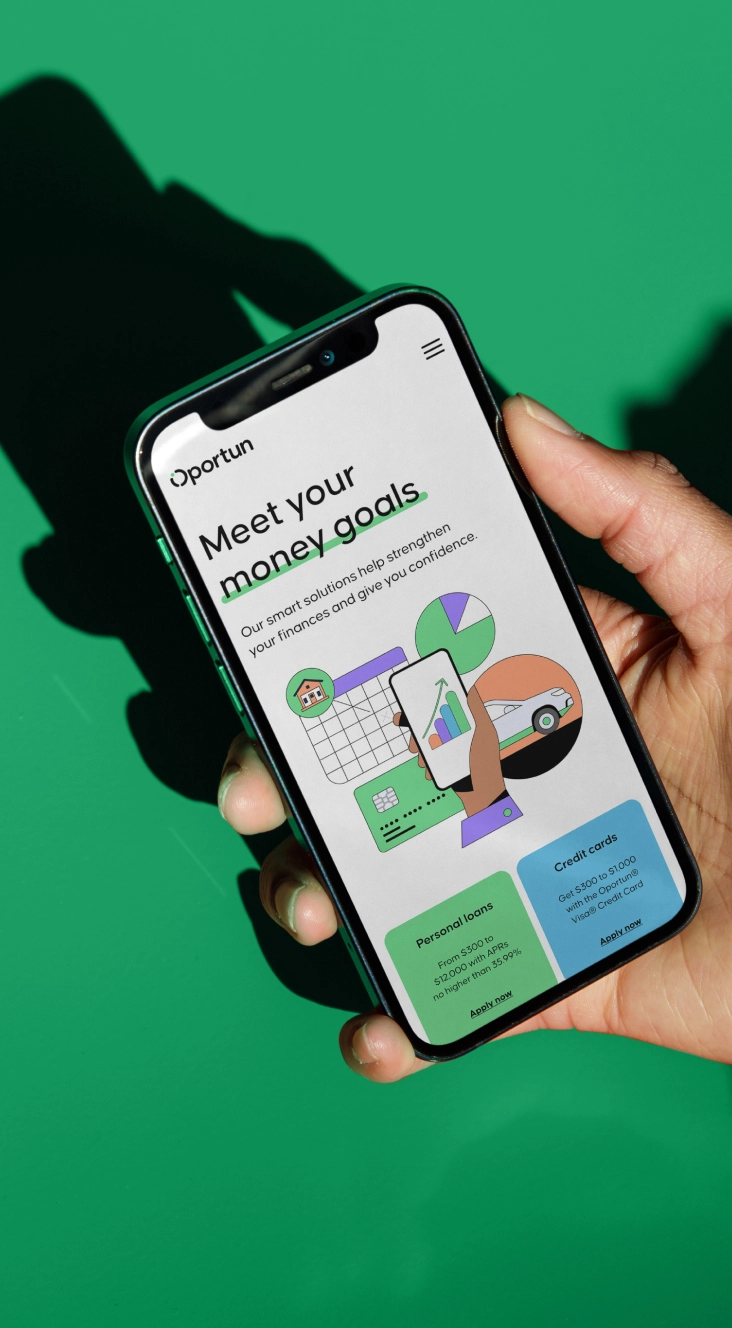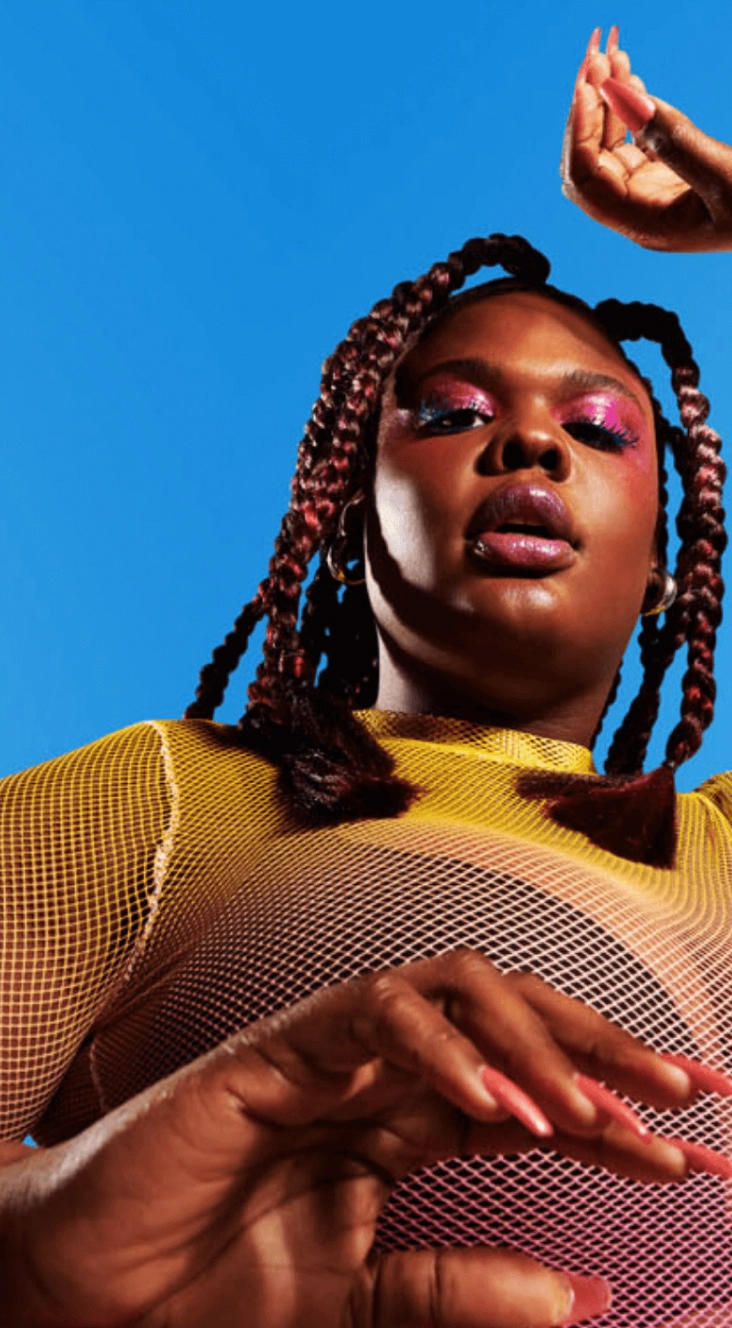Evolution of brand
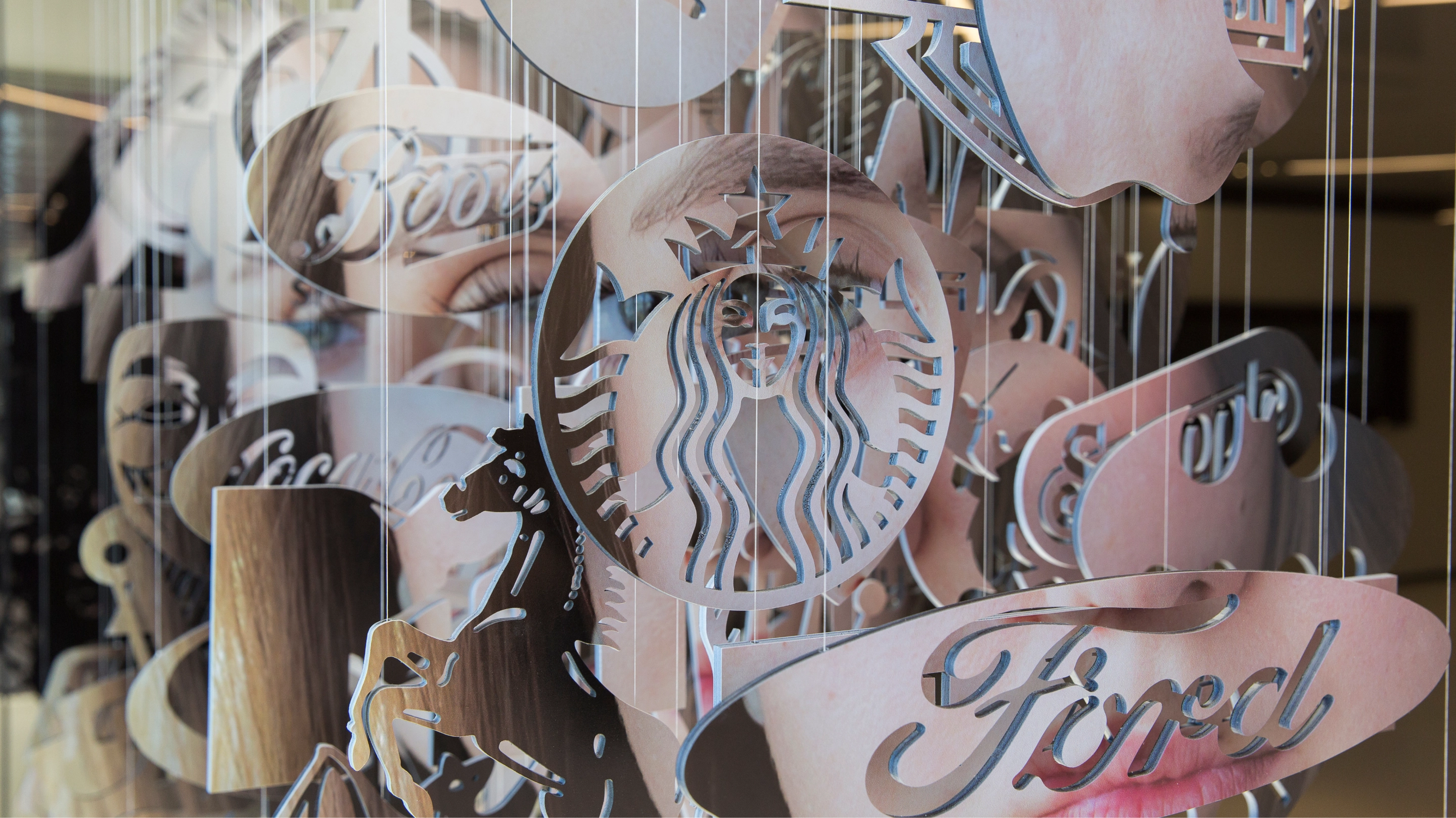
Whether we like it or not, we all have relationships with brands.
Regardless of if we feel grateful for their partnership or resentful of their persuasion, there’s no escaping their intimate involvement in our daily lives. But these relationships are changing. Fast. From milkmen to delivery drones and Corn Flakes to the Kardashians, emerging technologies continue breaking the rules.
At “Like Me: Our bond with brands” exhibition, which debuted in London as part of the London Design Festival and was recreated in New York at the iconic One World Trade Center, the unique dynamics between people and brands over time were on display, from the ashes of Pompeii to the familiar pop culture of today. With the rise of new technologies like AI and VR, our relationships with brands and the role they play in our lives are changing. Today, tomorrow and beyond — how has, and will, branding evolve?
Natural selection
The concept of branding dates back to the beginning of time, before humans even walked the earth. From the monarch butterfly’s spotted wings to the Bengal tiger’s stripes, branding is nature’s way of organizing the complex world, using simple visuals to communicate a distinct and consistent message. We took the keys from nature very early on: Bread was branded — literally — as early as A.D. 79 to differentiate between other varieties and bakeries. Napoleon wore his hat sideways to mark his identity, and two centuries later this symbol of individualism is still remembered.
When Lippincott first began building brands in 1943, brands were mostly visual. To this day, the visual components of the most iconic brands spur instant recognition— think of the Starbucks cup or the timeless curve of Coca-Cola. But branding began to evolve, incorporating all five senses to become much more immersive. NBC’s xylophone chimes were registered as the world’s first audio service mark and are still in use today. Chanel’s signature fragrance has withstood the test of time. By tapping into our senses, brands can leave an indelible impression.
Forces of nurture
In the 1980s, brand became less about centralized, top-down trademarks and more about building communities and movements to which people wanted to belong. Nike’s “Just Do It” campaign elevated its brand above all products — a pioneering strategy to sell more than just a pair of shoes, offering the promise of community and achieving something greater.
Today consumers are empowered to connect, share and personalize like never before. We can build brands up, and sometimes tear them down. Beyond simply driving purchases, successful brands welcome open conversation and evolve continuously to reflect the needs of an ever-changing society. They’re shaped by their environment. Adaptive, perceptive and almost alive. Almost.
Human being. Meet brand being.
Accelerating change is upon us. Brands once served solely as a differentiator or abstract marker of quality, but today’s customers are more than willing to embrace unfamiliar brands if they come with a five-star review on Amazon. For the customer of the future, every purchasing decision will be driven by crowdsourced ratings and synthesized data thanks to the rise in AI and social technologies. The brands she identifies with are not the ones that provide particular products, but rather the ones that make her life easier, personalize her experiences, and uphold beliefs and values that she deeply aligns with.
Tomorrow’s most successful brands will be chosen by the rapidly evolving customer of the future, whose expectations and choices will look much different from the customers of 50 years ago or even today. But the brands that thrive are always the ones that connect and solidify emotional connections with their customers — and that holds true time and time again.


